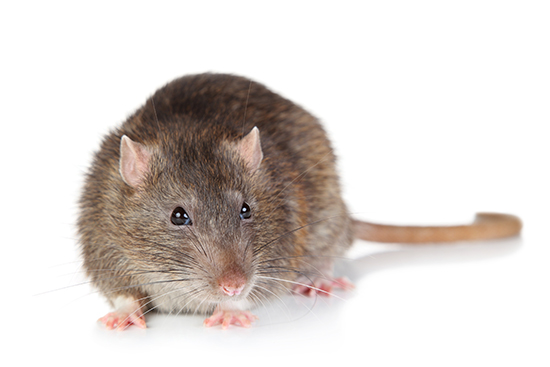While Homo sapiens is battling corona, the Rattus rattus is suffering an epidemic of its own. It’s not the first time in history that humans and rats simultaneously impacted each other’s lives. In the fourteenth century, the Black Death, a pandemic that killed more than one-third of Europe’s population, was spread across the continent by rats. It was not necessarily the rats that dispersed the bubonic plague, but rather their fleas, who were carrying the virus. Once a ship sailed into a harbor and was unloaded, not long afterwards, the rats on board (including their pesty fleas), swam ashore. The fleas quickly found new hosts, and before too long, the poor who lived in cramped housing with poor sanitation, and slept on mattresses made of straw, became infested with fleas. Today’s current corona epidemic might not be spreading the globe via rodents, but rat populations are simultaneously growing with the spread of the corona virus.
Amsterdam’s posh district Rivierenbuurt is witnessing its own plague of rats. The neighbourhood, which was built in the 1920s and 1930s, was part of an ambitious urban renewal project to safeguard city residents from epidemics with better hygiene for Amsterdam’s poor and middle classes, who were often victims of epidemics such as cholera in the nineteenth century. In the early twentieth century, prestigious Dutch architects such as Hendrik Berlage, Willem de Klerk and Piet Kramer designed the neighbourhood in the art deco style known as the Amsterdamsche School. They aimed to improve public health by providing housing with better air quality and by creating more green areas filled with trees, bushes and lawns, which would stop the spread of diseases. Once the project was finished, the neighbourhood turned out so beautiful that it became popular not just among working-class families, but also among the middle class and wealthier groups.
But now the green neighbourhood has become a popular residential area for rats. The ‘plague of rats’, as the city district is calling it, has erupted after sewage pipes, swarming with rats, were dug up and replaced. But it’s not only the sewer system that is causing an increase in rat numbers in the district. With corona lockdown measures in place and more people working from home, residents are purchasing more goods online, which require more packaging, and consequently creating more trash. Municipal waste services are not equipped to keep up with the pile of rubbish, which means that trash containers are spilling over – an ideal environment for rats. While the rats are feeding from the overflowing garbage containers, many of the rodents make their homes and nests in the bushes in the picturesque green areas of Amsterdam’s Rivierenbuurt. To stop the plague of rats, the municipality is posting warning signs in the green areas, prohibiting locals from feeding the pigeons and ducks, whose food is also consumed by rats, and fining them a hefty 70 euros if caught.
Even worse, the rat epidemic is not only plaguing Amsterdam’s chic neighbourhood. Since the corona lockdown started a year ago, human behaviour around the world has drastically changed, as well as that of rats, who have always lived in close vicinity to humans. In US cities, which in the past saw lots of tourists, rats have become hungry and are coming out of hiding. Where they in the past had fed from restaurant rubbish bins or trash dumped on the street by tourists, now that restaurants are closed and tourists are gone, rats are forced to look for new feeding areas and times. While in the past rats came out at night, now they are coming out in the daytime and are no longer scared of humans.
To be on the safe side, improve your home hygiene by placing your household trash in the proper container, as well as securing the lids of trash containers. Seal any cracks under doors and other openings to the outside, where a rat might squeeze in. If that doesn’t work, you can always opt to keep them as a pet. They are highly intelligent, very clean (contrary to popular belief), social, affectionate and low maintenance. What more could you ask for in a pet?
Written by Benjamin B. Roberts
